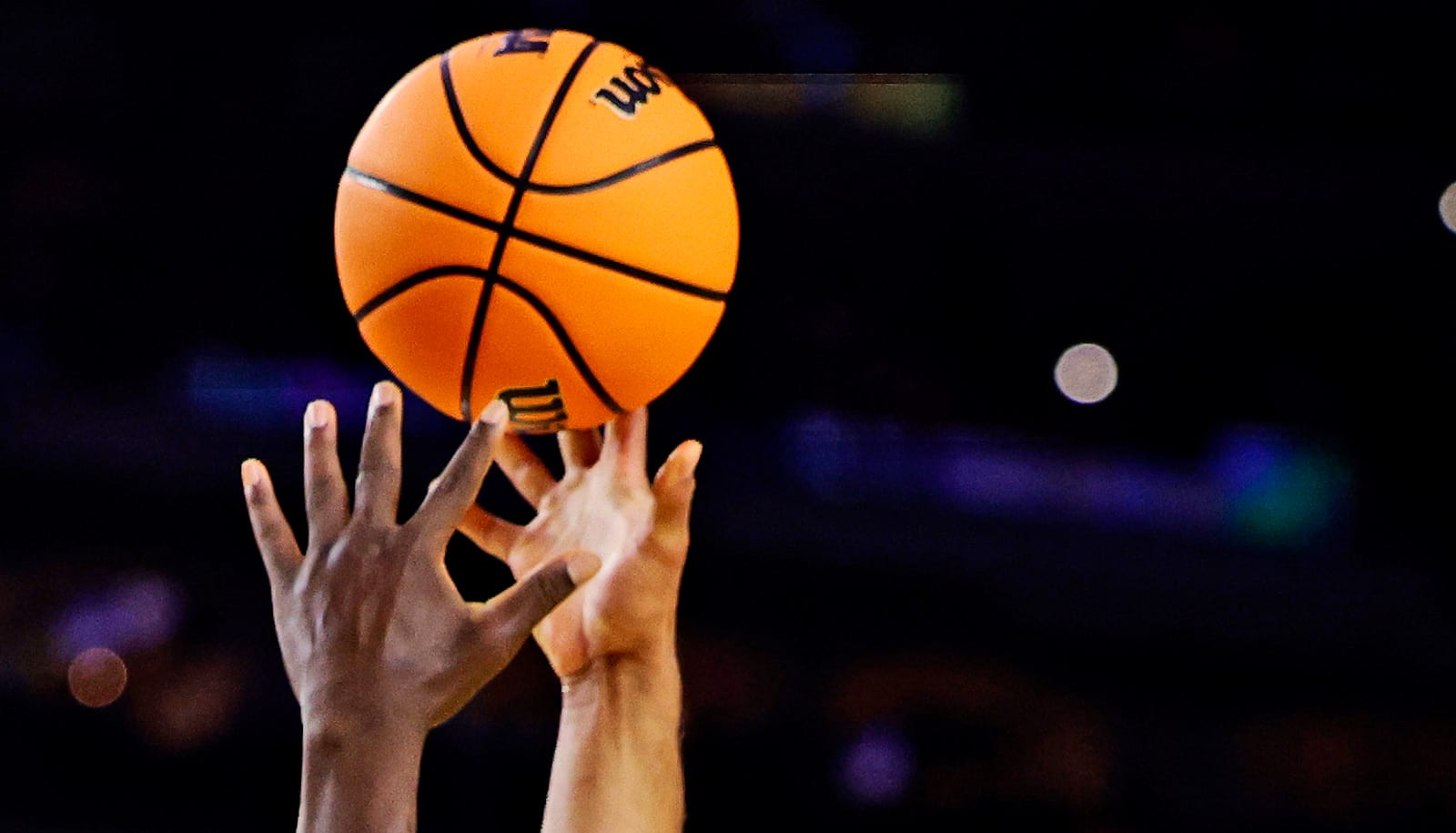Major League Baseball’s opening day is March 28, and chances are, some players will be working a bit harder this season than others, according to a new study.
That’s because every one year increase in guaranteed contract length for MLB players leads to increases in underperformance of about $1.6 million per year in 2010 dollars, the new study suggests.
On average, players on long-term contracts—those with four or more guaranteed years remaining—underperform by more than $9 million annually in 2010 dollars, says sports economist Richard Paulsen, assistant professor at the University of Michigan School of Kinesiology. In 2023 dollars, these losses rise to more than $2 million per additional contract year, and $12 million a year for players with long-term contracts.
This phenomenon is called “shirking”—the idea that employees are exerting less effort when they have job security, Paulsen says. It’s been studied for years in sports and other industries that provide workers long contracts or other job security guarantees, like tenure for teachers and academics, and long terms for politicians and judges.
Shirking can be interpreted two ways in MLB, Paulsen says: 1) Players might be underexerting at the beginning of a multiyear contract when they have more job security, or 2) overexerting at the end when they have less security and must negotiate a new contract.
“Either way, the prediction is that when players go from not having job security to having it, we could expect to see a drop in effort, and then probably performance too,” Paulsen says. “I think as sports economists, we would caution teams when signing these big contracts or at least encourage that this is something to think about, and that maybe teams should tie more compensation directly to performance.”
When issuing long-term contracts, it’s generally accepted that players may underperform in later years but that those losses for owners will be offset by overperformance in earlier years. However, the finding of large increases in shirking at the start of a long-term contract challenges the assumption that teams will generate surpluses at the start of those contracts to offset losses at the end, the study shows.
“If athletes that love their craft respond to long-term job security in this way, we could imagine that workers who are less dedicated are also doing the same, if not more,” Paulsen says.
One way industries incentivize employees is by paying above market wages, which economists call efficiency wages.
“In-N-Out Burger is a chain that has a reputation of doing this and they have far less turnover and seemingly more productive employees,” Paulsen says. “Or, companies can tie wages more to performance, similar to a sales commission.”
In sports, attempts to monitor player effort haven’t always gone over well, he says. For instance, NFL quarterback Kyler Murray’s contract contained a “homework clause” that required him to watch a certain number of hours of film each week. The media backlash from fans and other players caused the team to remove the requirement.
Fantasy sports league players can try to capitalize on player contract information when picking their teams, Paulsen says.
“When you are putting together your fantasy team, take player incentives into consideration,” he says. “If you are choosing between otherwise similar players, you might be well advised to select the player in the final year of a contract with an incentive to overperform.”
Previous studies on shirking in sports have found about a $1 million increase in underperformance per additional guaranteed contract year, and the impact of having a long-term contract is about $5 million per year.
The revenue losses were higher in Paulsen’s study because it used an approach that accounted for salary and contract length being determined together when players sign contracts.
Source: University of Michigan



